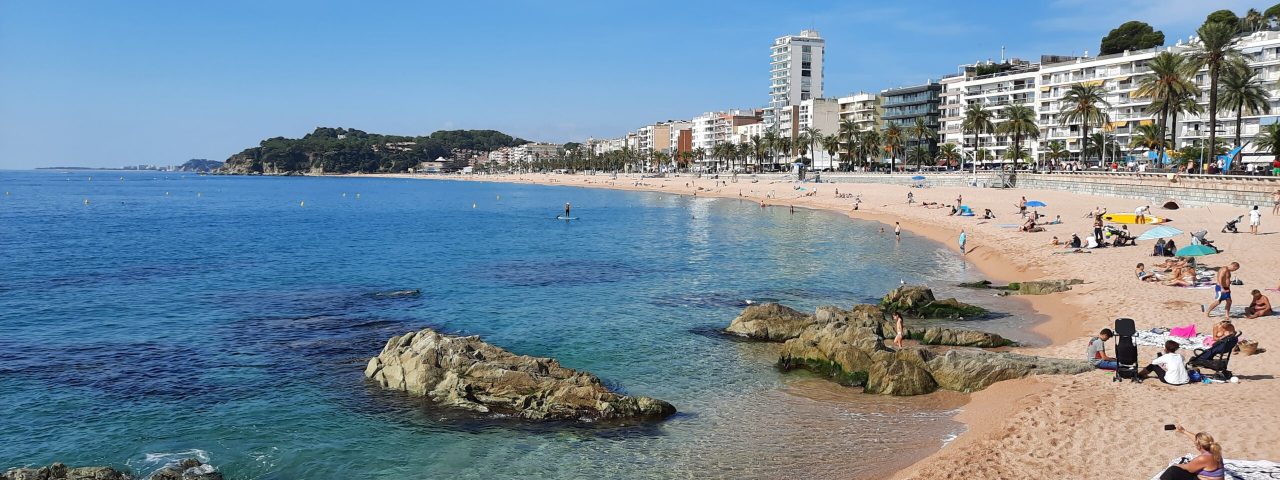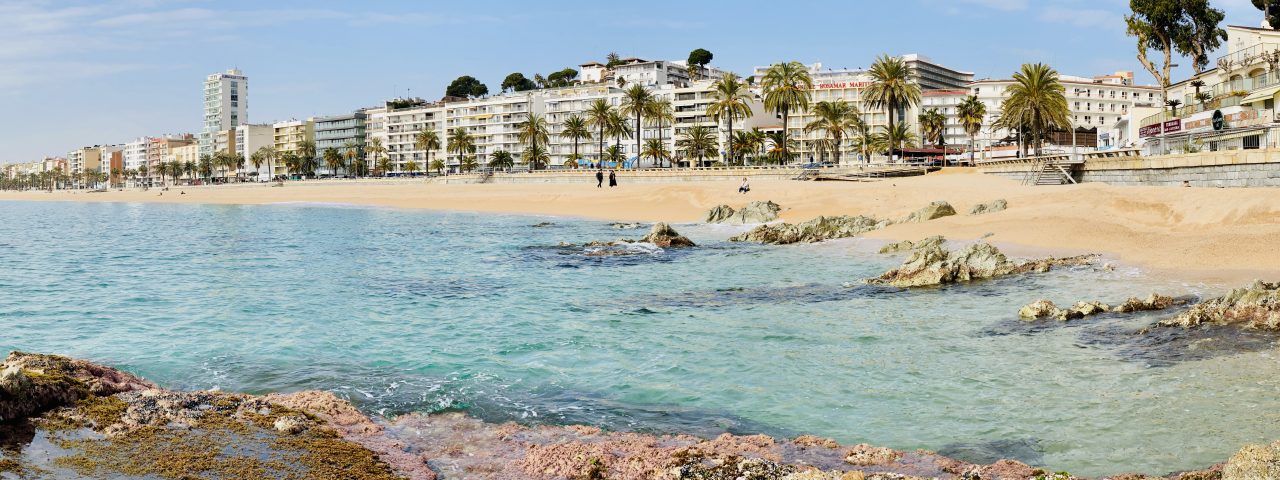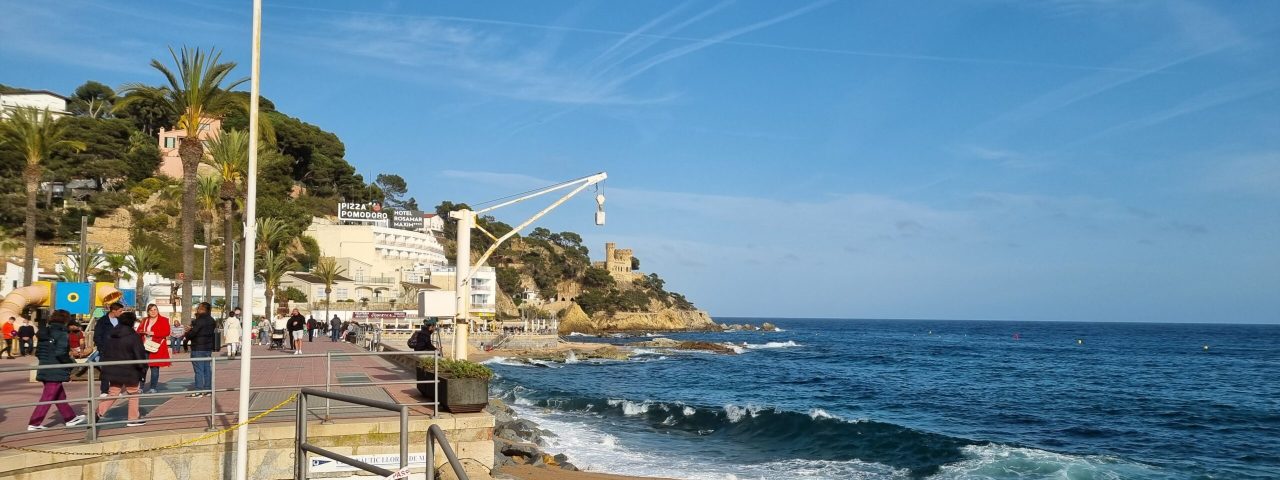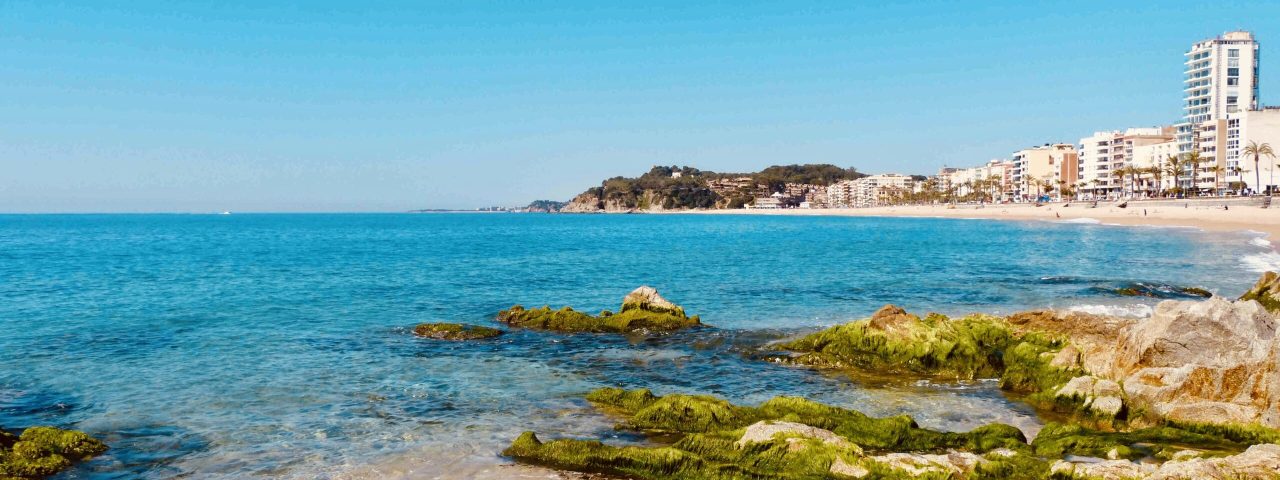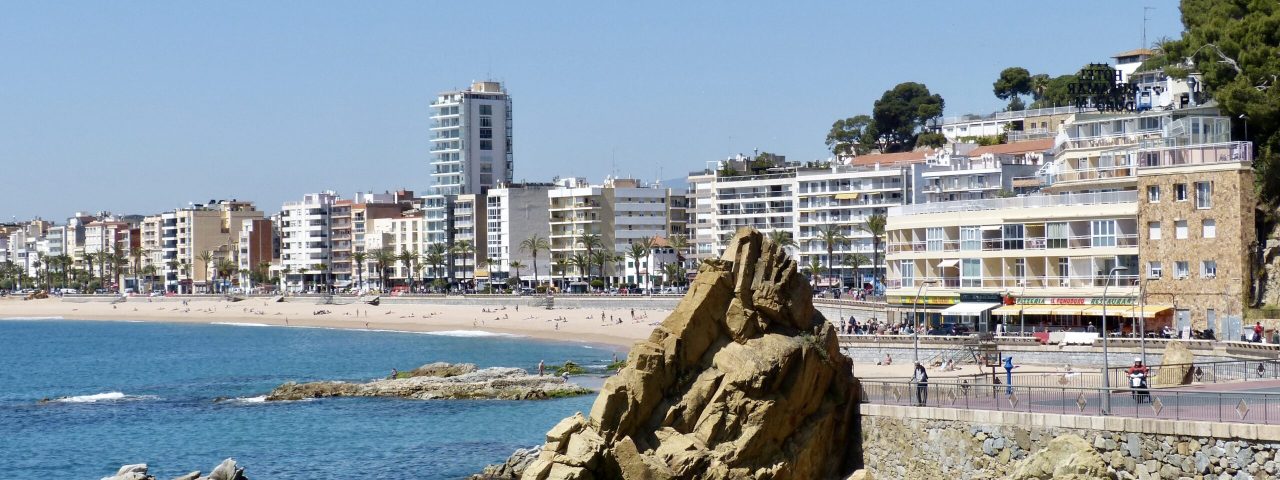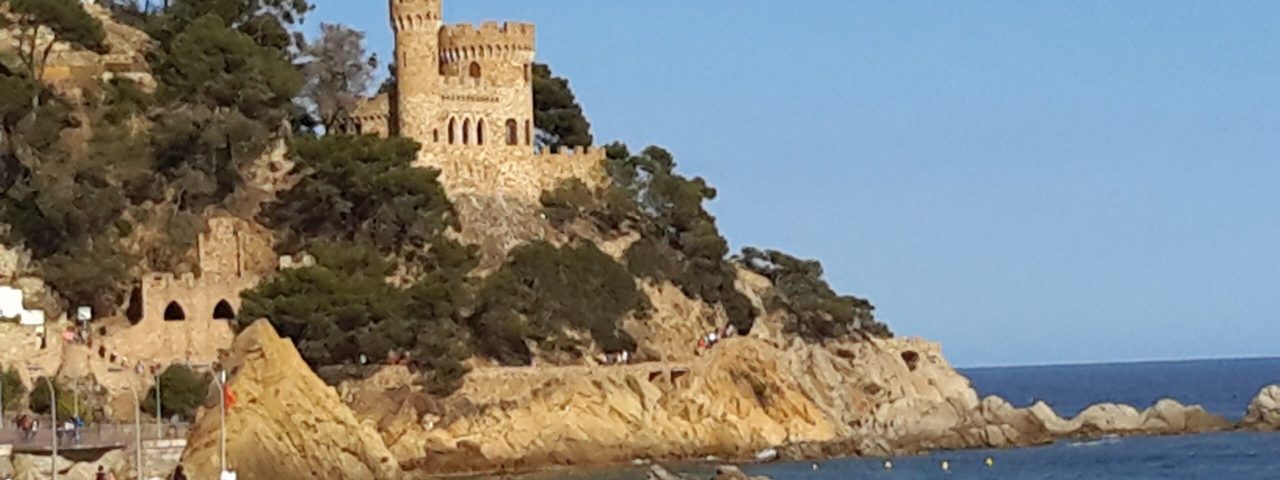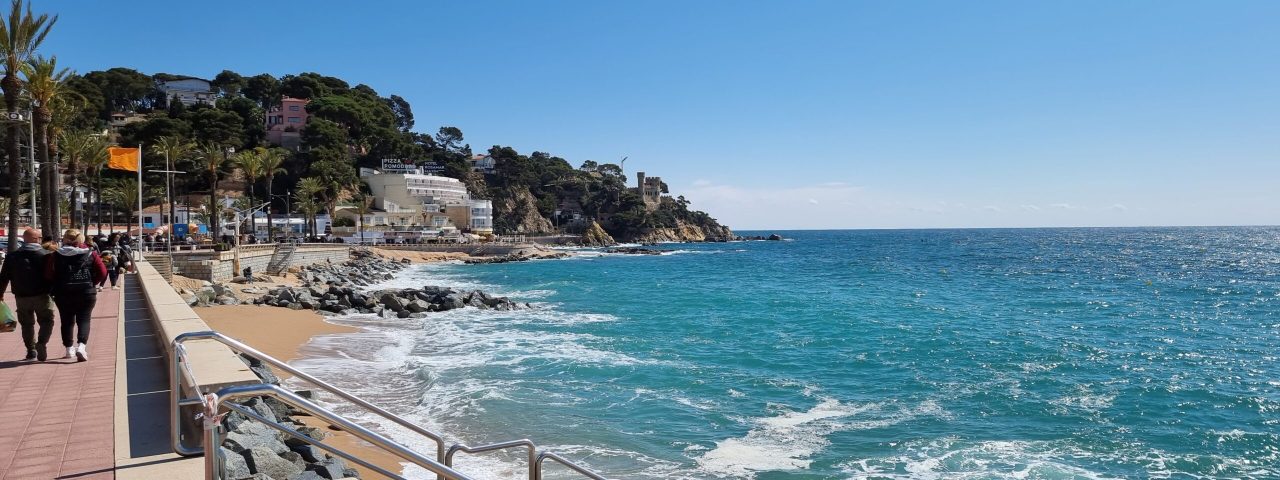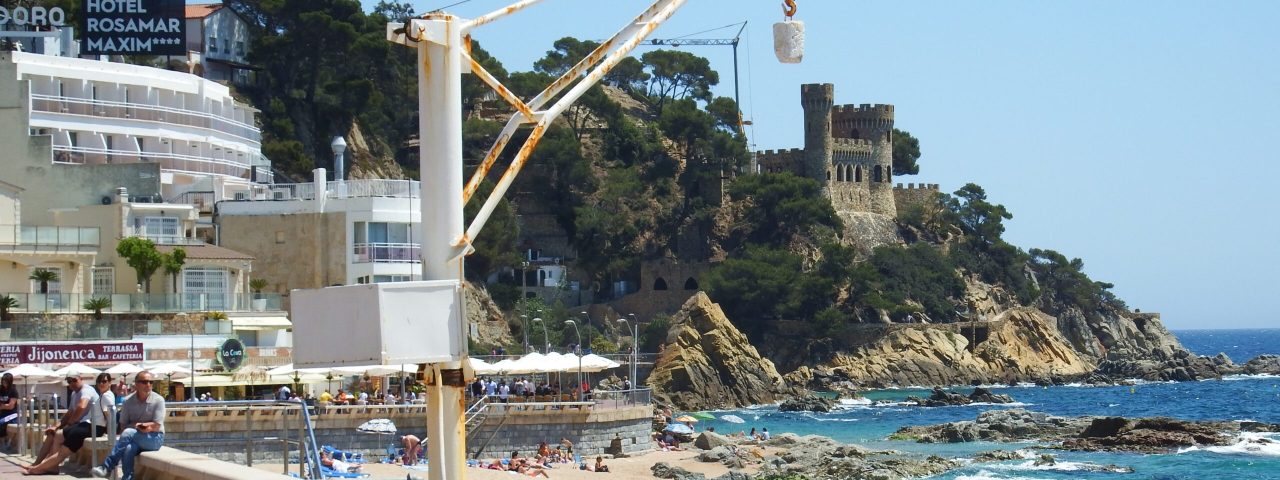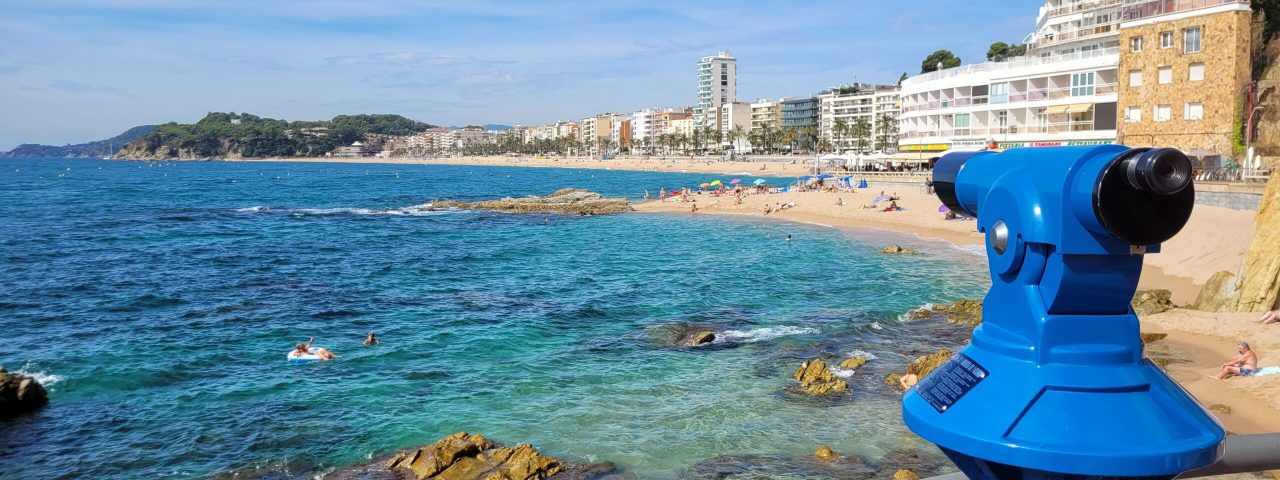Lloret de Mar’s history spans thousands of years, with roots dating back to pre-Roman times. Archaeological finds suggest the presence of Iberian settlers in the area, followed by the Romans, who contributed to the city’s early infrastructure and trade routes. The town later evolved during the Middle Ages, developing a rich maritime tradition, especially during the 18th and 19th centuries when Lloret’s shipbuilding industry flourished, and many of its residents emigrated to the Americas, creating strong cultural ties.
Culturally, Lloret de Mar is known for preserving Catalan traditions, with a strong emphasis on its maritime past. The city celebrates various festivals, including the Feast of Sant Romà in November, which is one of the most important local events, blending religious processions with cultural performances. Another notable tradition is the annual maritime pilgrimage to the Chapel of Santa Cristina, held in July, which involves a boat procession across the bay.
Local customs include “castellers” (human towers), folk dances like the Sardana, and Catalan cuisine. The town’s historical landmarks include the 16th-century Church of Sant Romà, a blend of Gothic and Renaissance architecture, and the Castle of Sant Joan, perched on a hill overlooking the sea. Lloret’s cultural vibrancy is further reflected in its museums and cultural centers that celebrate both its ancient history and its more modern heritage as a popular tourist destination.
